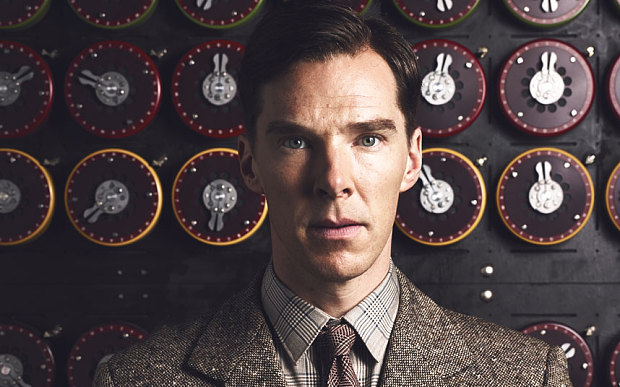
Directors are supposed to have a good eye and an understanding of what the audience is looking for, as well as what they might not be looking for. Most of the time directors are capable of pulling this off, but sometimes one or two things stick out like a sore thumb and end up causing them a massive headache.
Either the director just didn’t care, was totally oblivious to it or just felt that the audience’s interpretation of it was just plain wrong.
To be fair though, sometimes it’s just impossible for directors to notice these things, or they may even be related to a biased opinion of a critic reflecting on the life of a director.
But then again, there are also instances of directors having extreme views and not understanding why those views may be seen as offensive.
1. Batman & Robin – Joel Schumacher
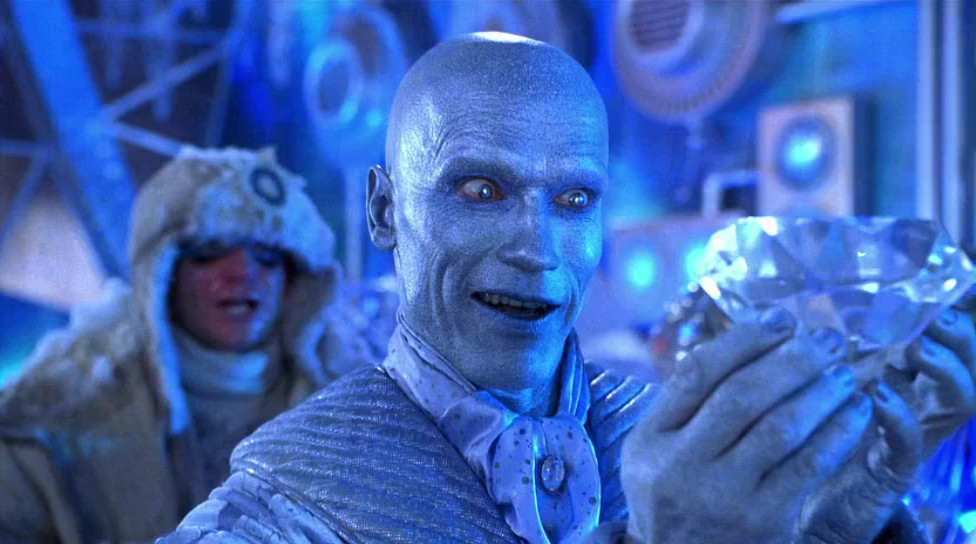
By the point Batman & Robin came out in 1997, the franchise had slipped very far away from Tim Burton’s dark 1989 reimagination of what Batman could be in. It was panned by critics, won a number of Razzies, and was considered by many as effectively killing the Batman series.
But for director Joel Schumacher, who actually apologized for the film, the criticism didn’t stop there. A number of critics drew a relationship between Schumacher’s sexuality and detailed bat-suits the characters wore, particularly their nipples, enlarged cod-pieces and unwarranted close-ups of their butts. While these features really were unnecessary, the connection between the two is far-fetched and a little unfair.
Schumacher himself was surprised at the response he received, claiming not to have intended, claiming that the suits were based on Greek statues and are anatomically correct. Schumacher also revealed that the nipples weren’t actually his idea, they were actually designed by Jose Fernandez, the lead sculptor. However, Schumacher still signed off on them thinking that they were cool.
Was it on purpose or was it a total coincidence? You have to ask yourself, would such criticism still have been made if the director wasn’t openly gay?
2. The Birth of a Nation (1915 original) – D.W. Griffith
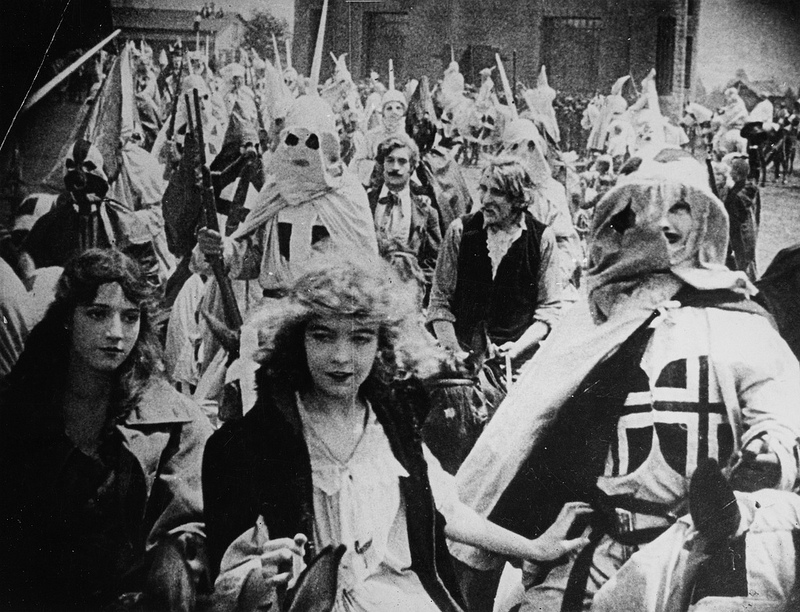
The Birth of a Nation is one of the most controversial films ever made. It’s a film that glorifies the KKK (it was even originally supposed to be called The Clansman after the novel it was based on), uses a hell of a lot of blackface, and portrayed black men as sexually aggressive towards white women as well as unintelligent, and attempts to rewrite history.
Despite all this, The Birth of a Nation was hugely popular and was even shown at the White House to the then president Woodrow Wilson. It also considered one of the first ever epics at three hours long when many other filmmakers around the world were making films nowhere near that length. It had a huge effect on both the film industry and on race relations in America.
Despite the success, director D.W. Griffith still faced a tremendous backlash against the film. Naturally, many black activists, particularly the NAACP, protested against the film and it was eventually banned in some states and cities. But Griffith always insisted that the film wasn’t racist, though, of course, it really really was.
Griffith, along with Thomas Dixon Jr. who wrote the novel version of the film, attempted to defend the film over and over again. To them, the primary reason African Americans were angered by the film is because they wanted to have sex with white women and those that protested against the film wanted intermarriage between whites and blacks, something Griffith was against.
Criticism against Griffith was strong in some press releases and he often wrote letters back to them arguing that they were trying to censor unpopular opinions and were against free speech.
Eventually, Griffith decided to make his next film as a response against the criticism he received for The Birth of a Nation, hilariously he called it Intolerance.
3. The Birth of a Nation (2016 remake) – Nate Parker
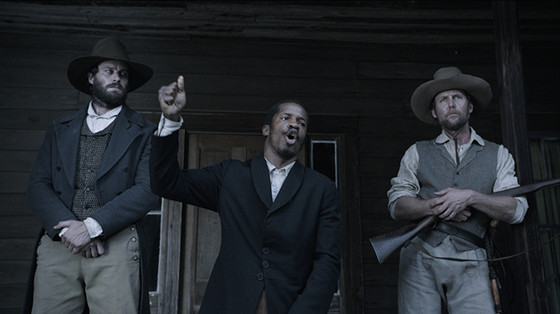
Speaking of responses to the 1915 The Birth of a nation, 101 years later director Nate Parker made his own, even bearing the same title. The idea was bold, Parker was to adapt the story of a slave who led a rebellion back in 1831. Many cited the film as highly important and was praised by critics, even winning awards at the Sundance Festival. But then details about Parker’s life started to come to the forefront.
Back in 1999, Parker along with co-writer Jean McGianni Celestin, were accused of raping a woman while they were both studying at university. Though both were eventually acquitted of rape, the rape victim stood strong. Eventually though in 2012, she committed suicide and it is believed that the 1999 rape played a part in this.
Media storm started to surround Parker and it completely overshadowed the film. What made it worse was that at the center of the film, there was a rape scene in which the protagonist wife gets brutally raped. This then enrages the protagonist, who is played by Parker, to start his rebellion.
Not only was this actually historically inaccurate, but many, including the victim’s sister, found this creepy that a man who was almost convicted of rape would then make a film where his character was avenging someone who was.
4. Ghostbusters (2016 reboot) – Paul Feig
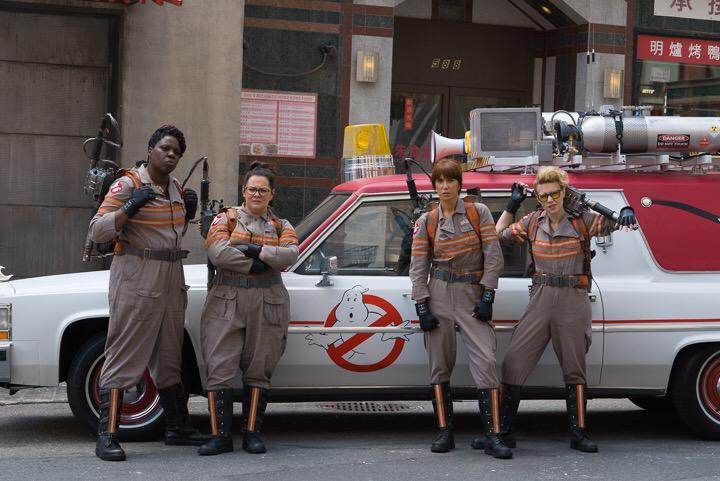
As you’ll see from this list, 2016 really wasn’t a good year for directors unintentionally pissing off audiences. The 2016 reboot of Ghostbusters though is perhaps one of the biggest offenders, though, much of the anger directed towards the film was unfair.
Let’s be honest, the film was a mess, but much of the hatred that was directed towards the film was at its female cast. No one could have expected that the backlash would be so aggressive. The misogynistic aggression was even compared to Gamergate, and a lot of the mud-slinging took place on Twitter.
Things got further complicated when people started to accuse Leslie Jones’ character as being offensive to black people. Then, in a further ugly twist of fate, Jones received a barrage of sexist and racist abuse online
Feig never expected the film to turn into such a circus. Though he still believes that the film is good and that he is satisfied with how it turned out, he felt disappointed that his casting choices became such a big issue for so many.
In a sense, the 2016 reboot of Ghostbusters shows us that audiences still have trouble accepting female leads. It was experiment people still aren’t ready for, especially with a film series many hold very closely to their hearts.
A lesson for all future filmmakers out there: if you want to experiment with gender in film go ahead but doing it with a film series people love may turn an audience into a lynch mob.
5. Dr. Strange – Scott Derrickson

Interestingly, while Ghostbusters tried unsuccessfully experiment with gender in film by swapping male characters for female, Dr. Strange did the same but faced a different kind of backlash.
The controversy surrounding Dr. Strange centers almost entirely around the casting of Tilda Swinton as the Ancient One. While the casting of a male character as a woman could potentially be innovative, the casting of a white character as an Asian character opened another door of offensiveness, a door with the name ‘whitewashing’ written on it.
Remarkably, Swinton, who apparently doesn’t use social media, was completely oblivious to what was happening and had no idea that her role as the Ancient One could be offensive.
Director Scott Derrickson initially toyed with the idea of having an Asian woman play the character but decided that the role may end up being stereotypical. In fact, avoiding stereotypes was a big thing for him, even rewriting some characters to specifically avoid it, but unfortunately, with the Ancient One, many felt he had taken it one step too far.
Derrickson would later say that he recognized the issue of race in the film, but what he did “was the lesser of two evils, but it is still an evil”. By trying to avoid stereotypes, he walked right into one, the Hollywood stereotype of whitewashing Asian characters.
In the end, Dr. Strange helped open the debate about Asian characters in film and their portrayal, an issue that is much deeper than people realize and has been going on for a very long time without much criticism.